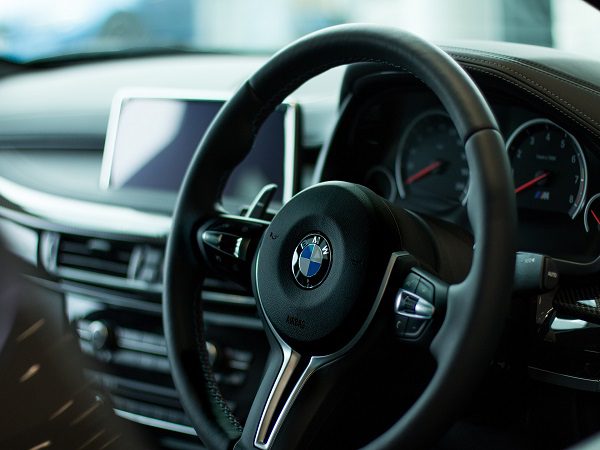Introduction:
The concept of sustainability has taken center stage. The Green Drive, a movement towards eco-friendly technologies in transportation, has become a pivotal force in shaping the future of how we move from one place to another. This article delves into the various aspects of this transformative journey, exploring innovative technologies, their impact on the environment, and the role they play in shaping a sustainable future.
The Evolution of Transportation Technologies:
Transportation, a cornerstone of modern civilization, has traditionally relied heavily on fossil fuels, contributing significantly to environmental degradation. However, the tides are turning as the world embraces eco-friendly alternatives. Electric vehicles (EVs), powered by rechargeable batteries, have emerged as a game-changer in the pursuit of greener transportation. The rapid growth of EVs is reshaping the automotive industry and reducing our carbon footprint.
Solar-powered transportation is another revolutionary concept gaining momentum. Solar energy, harnessed through photovoltaic cells, is utilized to charge electric vehicles, providing a clean and renewable source of power. This not only reduces dependence on traditional energy sources but also decreases the overall environmental impact of transportation.
Hybrid technologies, combining traditional fuel and electric power, offer a transitional solution for those not ready to fully embrace electric vehicles. By seamlessly switching between conventional and electric modes, hybrid vehicles reduce emissions and increase fuel efficiency, paving the way for a smoother transition to a sustainable transportation future.
Public Transportation and Sustainable Mobility:
The Green Drive extends beyond individual vehicles to encompass public transportation systems. Efforts to make buses, trains, and trams more sustainable are gaining momentum worldwide. Electric buses, for instance, are becoming increasingly popular in urban areas, providing an efficient and eco-friendly mode of public transport. These buses not only reduce air pollution but also contribute to lowering noise levels in densely populated urban centers.
Smart cities are incorporating sustainable mobility solutions, such as bike-sharing programs and electric scooters, to reduce traffic congestion and promote a healthier environment. By embracing these alternative modes of transportation, cities can decrease their carbon footprint and create a more sustainable and livable urban environment.
The Impact on Environmental Conservation:
One of the primary goals of the Green Drive is to minimize the negative impact of transportation on the environment. Eco-friendly technologies are designed not only to reduce emissions but also to conserve natural resources. As we transition to cleaner transportation options, we contribute to the preservation of air and water quality, protect biodiversity, and mitigate the effects of climate change.
Furthermore, the adoption of sustainable transportation practices plays a crucial role in reducing noise pollution, enhancing the quality of life for residents in urban and suburban areas. By prioritizing environmentally conscious modes of transportation, we pave the way for a more harmonious coexistence with the ecosystems that surround us.
Economic Implications and Job Creation:
The Green Drive is not just an environmental initiative; it also holds significant economic implications. The transition to eco-friendly transportation technologies has the potential to create jobs and stimulate economic growth. As the demand for electric vehicles and related infrastructure increases, so does the need for skilled workers in manufacturing, maintenance, and research and development.
Governments and private entities are investing in the development of a green economy, recognizing the long-term benefits of sustainable transportation. Initiatives such as tax incentives for electric vehicle purchases and the establishment of charging infrastructure contribute to the growth of a sustainable transportation ecosystem while fostering economic resilience.
Challenges and Future Prospects:
Despite the promising strides made in eco-friendly transportation, challenges persist. The limited range of electric vehicles, the need for an extensive charging infrastructure, and the environmental impact of battery production are hurdles that require strategic solutions. Continued research and innovation are essential to address these challenges and enhance the viability of sustainable transportation technologies.
Looking ahead, the future of transportation is poised for further transformation. Emerging technologies, such as hydrogen fuel cells and advanced biofuels, hold the promise of providing cleaner alternatives for various modes of transportation. Governments, businesses, and individuals must collaborate to overcome challenges and embrace these innovations to ensure a more sustainable and resilient future for transportation.
Conclusion:
The Green Drive represents a paradigm shift in the way we perceive and interact with transportation. By embracing eco-friendly technologies, we not only reduce our impact on the environment but also stimulate economic growth and enhance the overall quality of life. As we navigate the road ahead, the commitment to sustainable transportation will play a pivotal role in shaping a greener, more resilient future for generations to come.



































